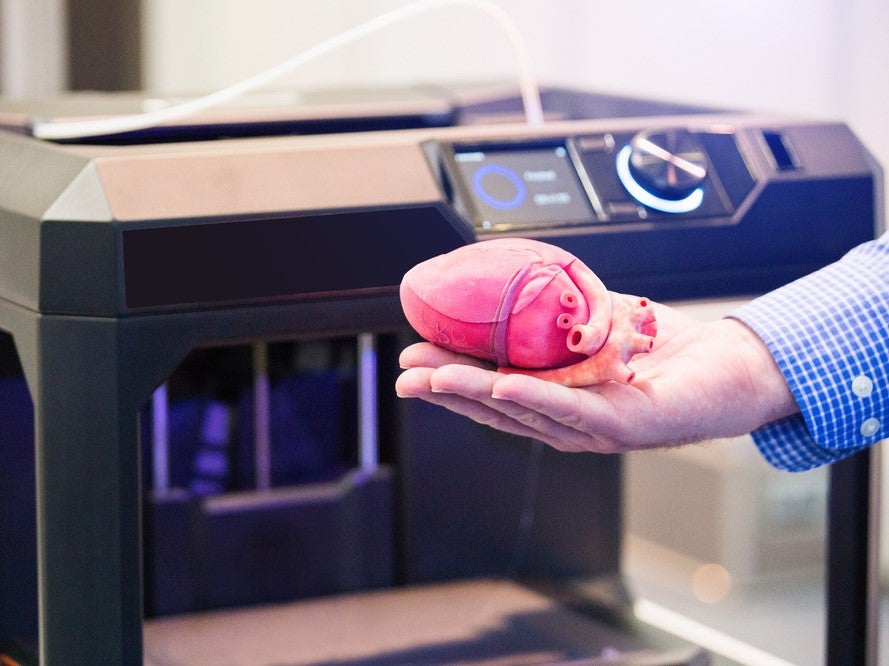
A new report published by technology research company IDTechEx has found that 3D printing is disrupting the way in which personalised medicine is provided.
Shorter lead times, reduced waste and an opportunity for mass customisation are some of the benefits that 3D printing can offer the medical and dental industry, the firm said.
In the latest IDTechEx Research report, 3D Printing in the Medical and Dental Industry 2019 – 2029, 3D printing in the medical and dental industry is estimated to be worth over $8.1bn by 2029.
In the medical industry, 3D printing supports the production of a wide range of devices such as hearing aids and prosthetic limbs, which benefit from 3D printing’s capacity for mass customisation from 3D imaging data.
Personalisation is particularly important for medical devices designed to be worn for long periods of time, as this can help improve patient comfort and adherence to the treatment.
The adoption of 3D printing by hearing aid manufacturers was highlighted by the report as having made a huge impact on the industry as the method has streamlined and enhanced the manufacturing process.
How well do you really know your competitors?
Access the most comprehensive Company Profiles on the market, powered by GlobalData. Save hours of research. Gain competitive edge.

Thank you!
Your download email will arrive shortly
Not ready to buy yet? Download a free sample
We are confident about the unique quality of our Company Profiles. However, we want you to make the most beneficial decision for your business, so we offer a free sample that you can download by submitting the below form
By GlobalDataIn surgical procedures, 3D printing is used in the creation of patient-specific 3D models for teaching, planning and visualisation, intraoperative surgical guides, disposable surgical instrumentation, or custom plates, implants, valves, and stents for implantation.
The IDTechEx report found that 3D printing advances surgical standards and improves efficiency, which has resulted in improved surgical outcomes for patients. Most 3D-printed implants are described as durable, lightweight and customised to fit individual patients. This can result in better functional and aesthetic outcomes.
3D printing is also used in the manufacturing of pharmaceuticals, such as patient-specific pills. Personalised medication has been highlighted as especially promising in improving the way chronic conditions are treated, as it can help patients streamline the number of pills that they must take, and create patient-specific dosages that can limit unwanted side effects.
The report also mentioned that as 3D bioprinting continues to evolve, there is the potential in the future for the implantation of personalised organs for regenerative medicine purposes.




